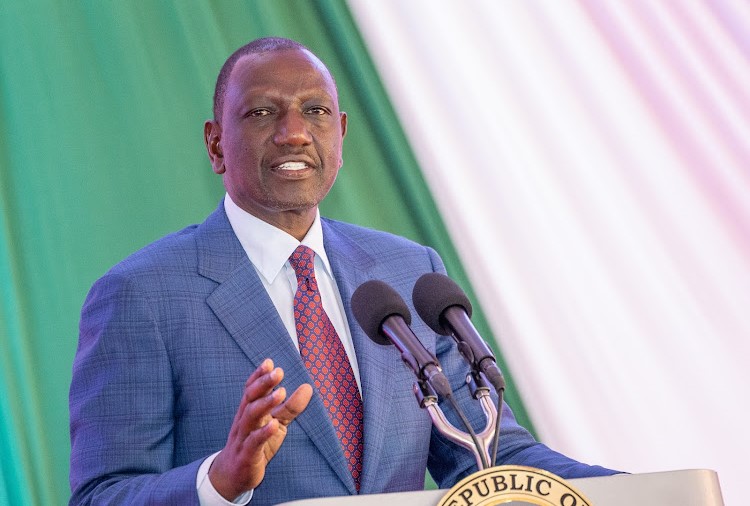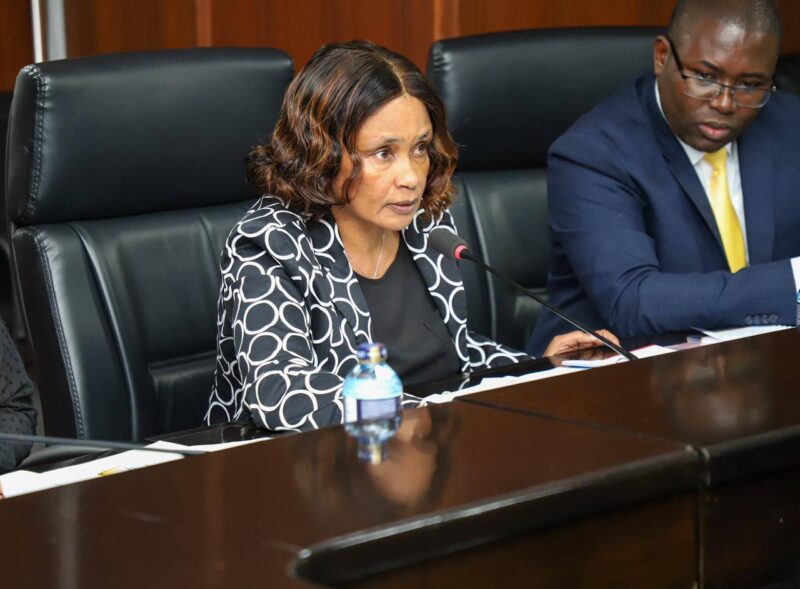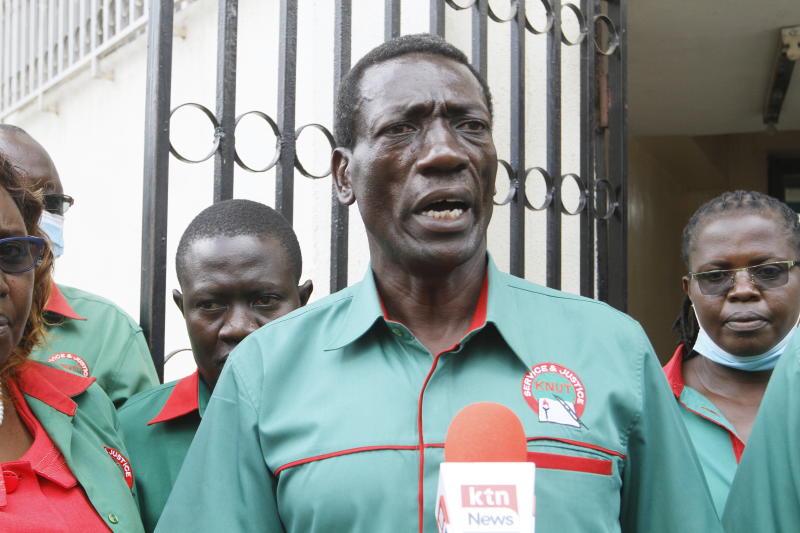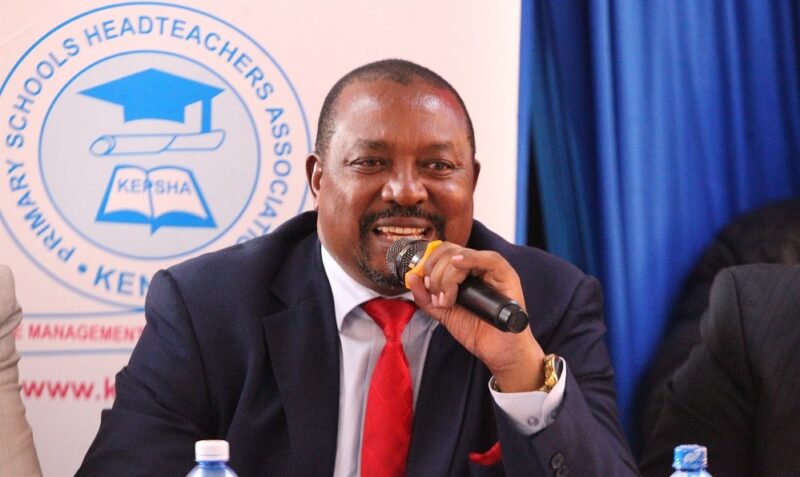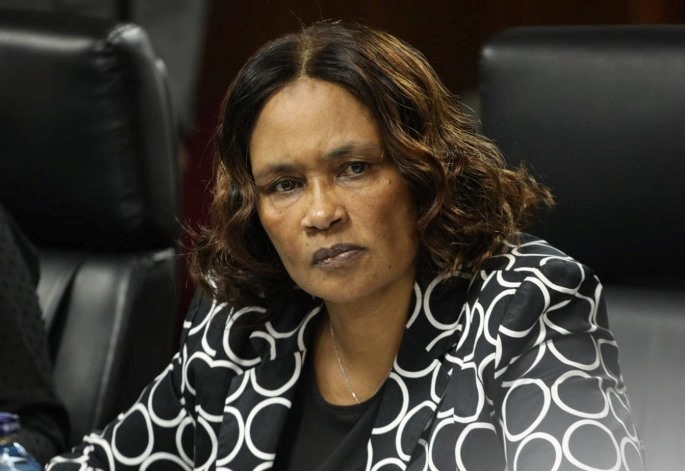President William Ruto has ordered a review of Kenya’s education financing system after thousands of pupils were left at risk of missing government support due to faulty data submissions and budgetary misalignment.
Speaking during a meeting with teachers at State House, the President acknowledged that delays in the release of school capitation funds were partly caused by a mismatch between Kenya’s financial year (July–June) and the education calendar (January–December). He warned that learners cannot continue bearing the brunt of poor budget planning and directed the Treasury and Education ministries to resolve the disconnect.
The crisis was laid bare following a nationwide audit that flagged 3,485 schools for faulty or incomplete data submissions. According to the report, 2,652 schools used the wrong templates, 735 provided incomplete details, 75 sent duplicates, while 97 either failed to submit entirely or left out critical attachments.
The release of funds has been pegged on verification of data, with Sh13 billion out of the Sh23 billion allocation already disbursed to cleared schools. Basic Education PS Prof. Julius Bitok said that 20,000 out of 32,000 schools have been cleared, but internet disruptions, including a recent fibre cut, have slowed the process.
Counties such as Bungoma, Bomet, Busia, Kakamega, and Homa Bay dominate the list of flagged schools, reflecting widespread compliance challenges. Education stakeholders argue that systemic barriers, such as poor connectivity in rural areas, are partly to blame. The Kenya Teachers Health and Welfare Association has proposed manual submissions for ASAL schools to avoid excluding learners.
At the parliamentary level, the National Assembly Committee on Education has raised alarm over ghost schools and fake learners consuming billions of shillings in fraudulent claims. Chair Julius Melly has called for stringent measures to seal the loopholes.
The crisis has reignited calls for an overhaul of education funding and data systems to improve accountability and efficiency. As President Ruto pushes for structural reforms, parents and learners remain anxious, with schools in some regions already reporting operational strain due to delayed disbursements.
The situation underscores a larger debate on Kenya’s education financing model. Unless the structural and technical challenges are resolved, the vision of equitable, timely funding for all learners risks being undermined by inefficiency, poor data, and weak oversight.
